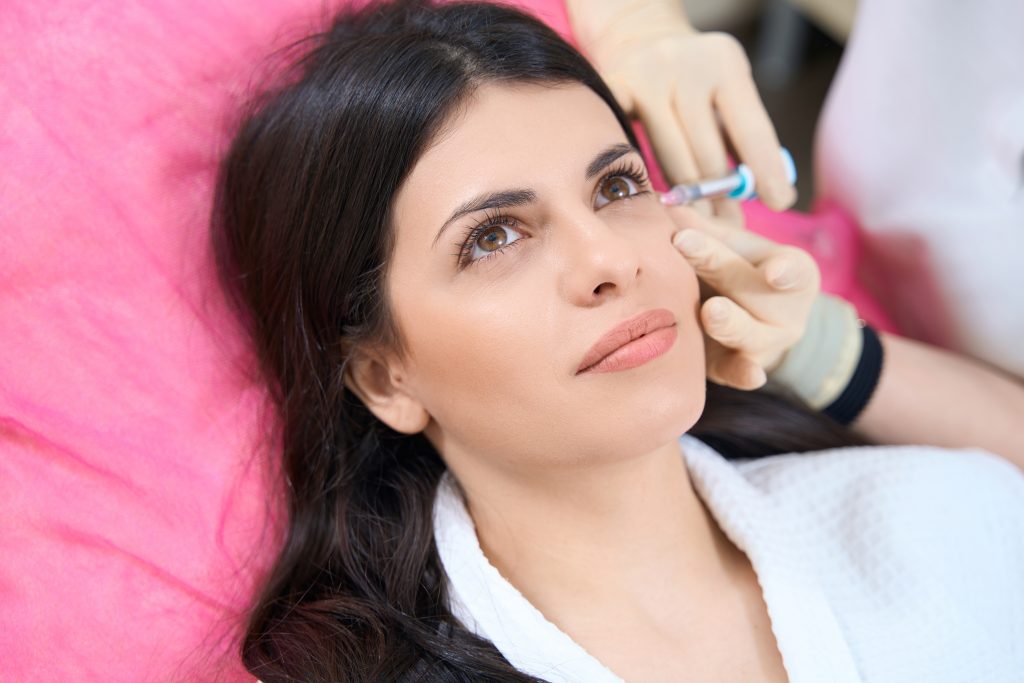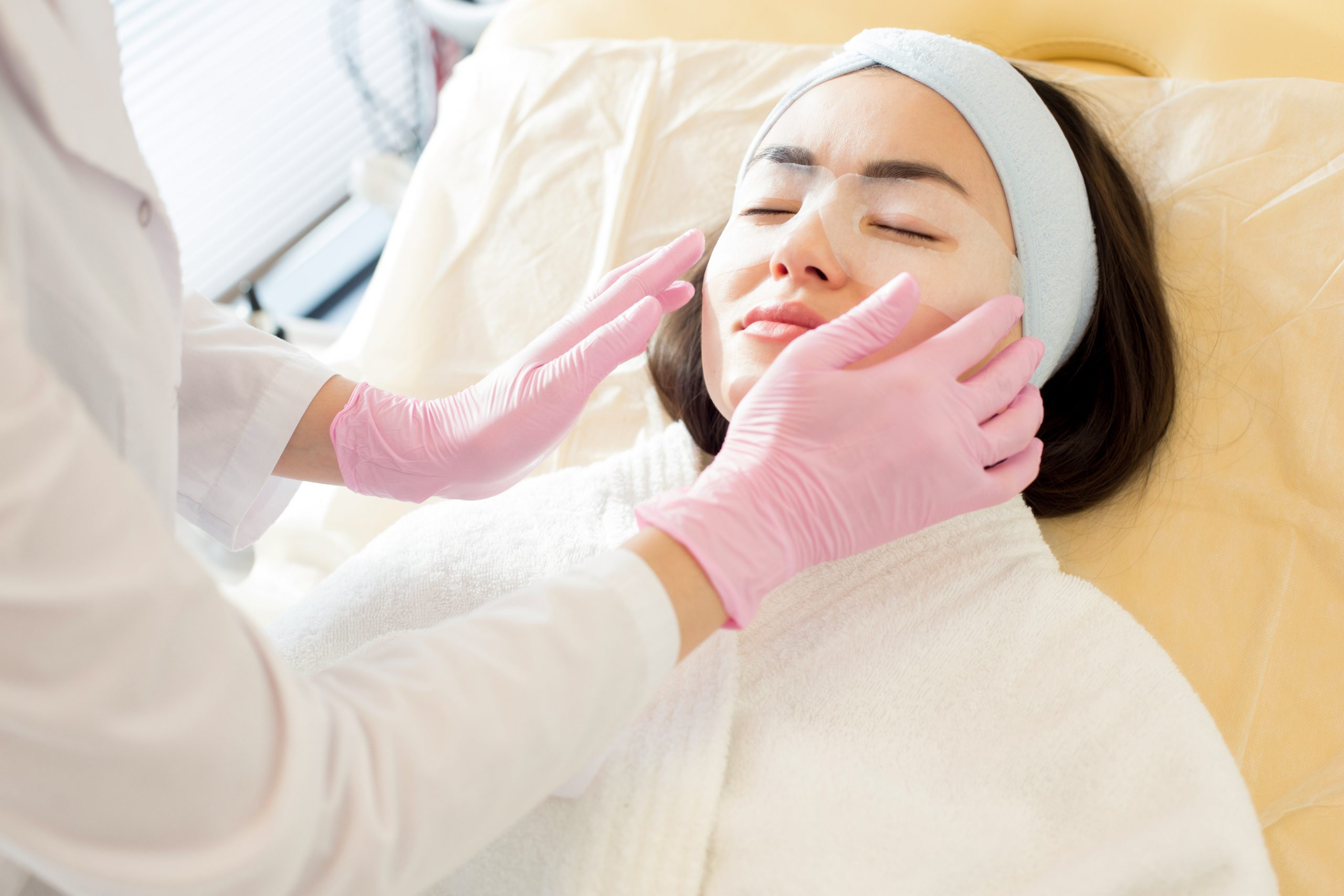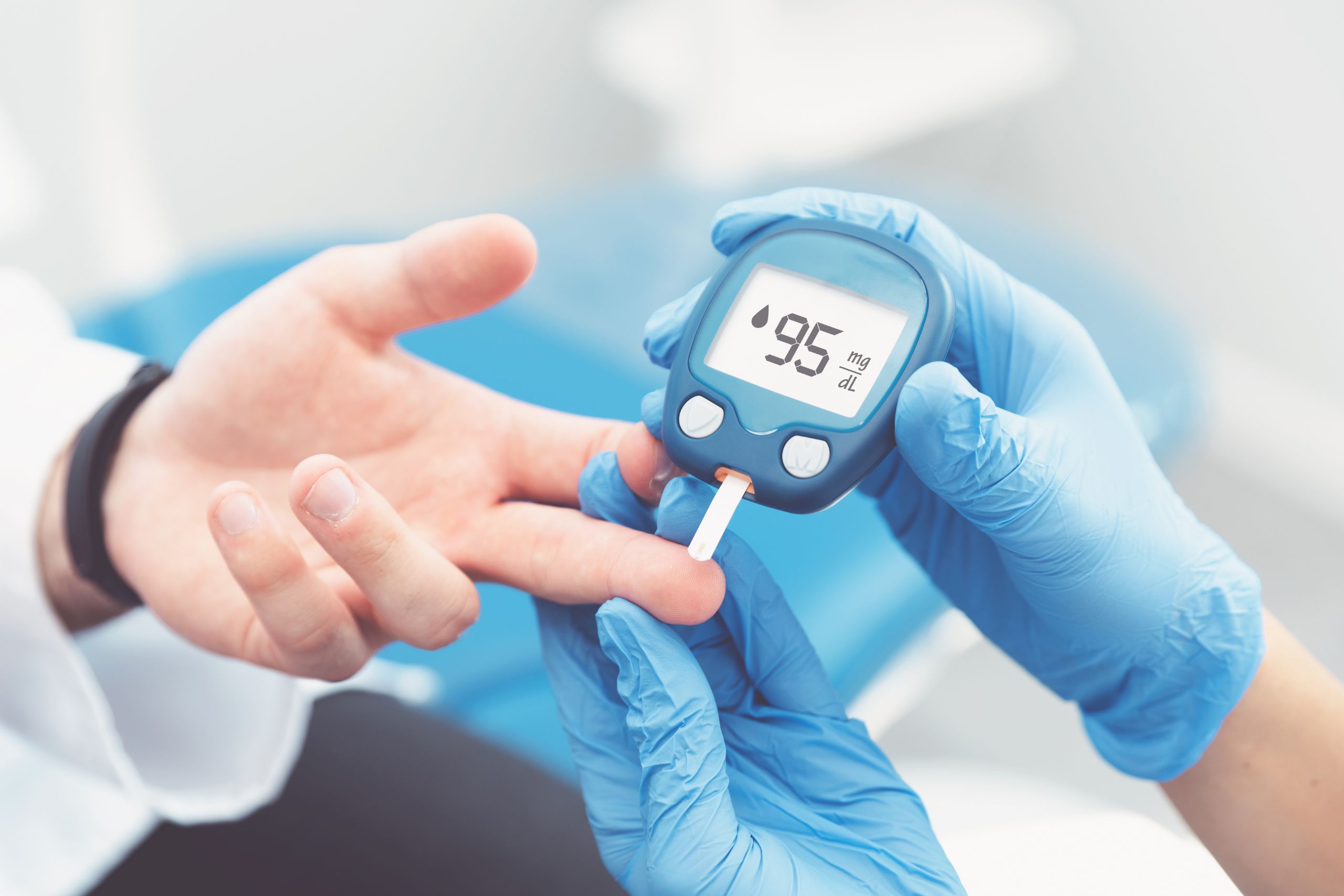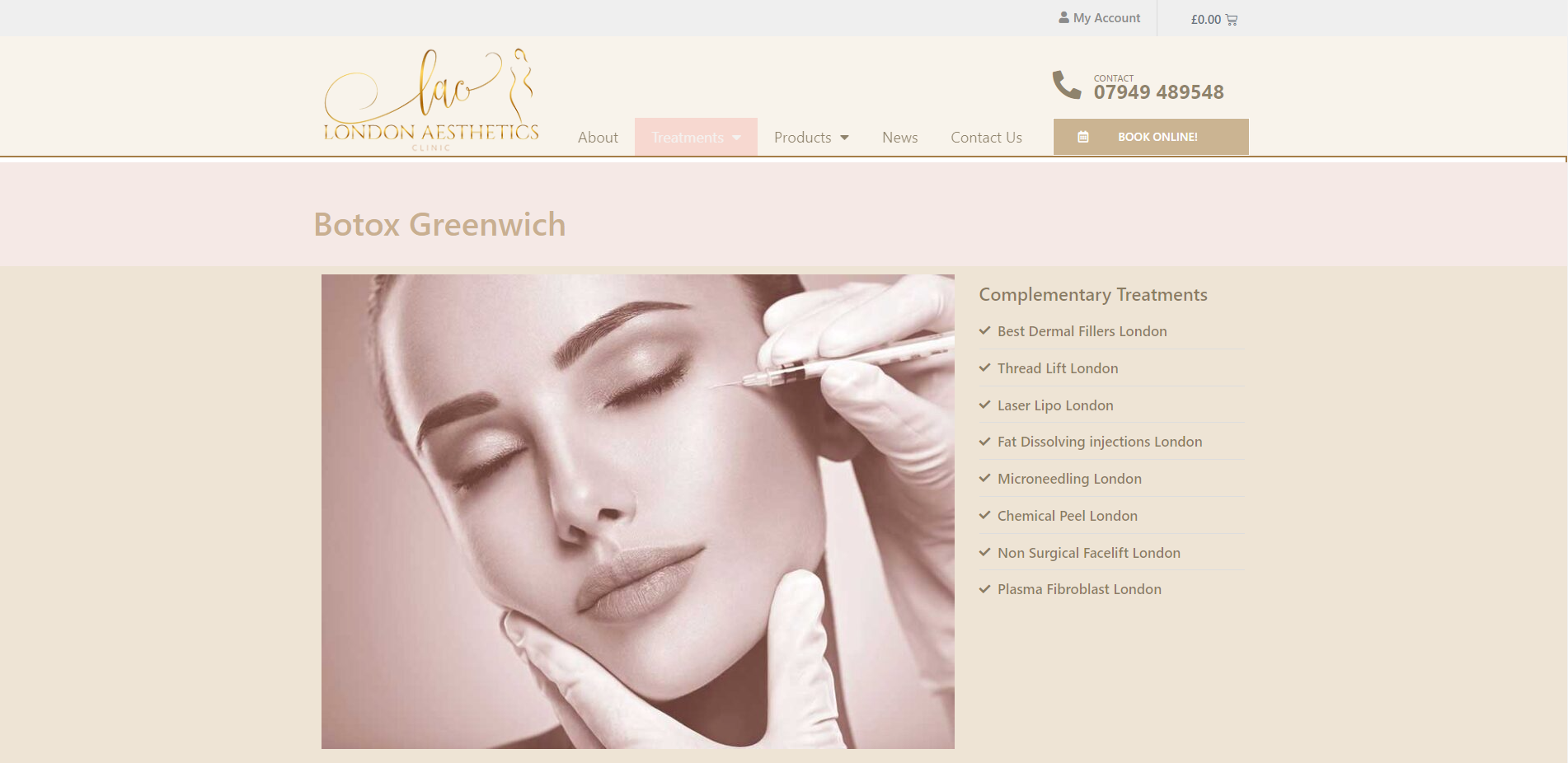Say goodbye to dark eye circles with the help of effective treatment options. Dark circles and puffiness under the eyes are a common concern for many individuals. Whether caused by lack of sleep, delicate skin, or other factors, these dark eye circles can leave us looking tired and aged. However, with the right approach, you can achieve a revitalized appearance and restore a youthful glow to your under-eyes.
In this guide, we will explore the various treatments available for dark eye circles, from cosmetic treatments to non-invasive procedures. We will discuss the underlying causes of dark circles, such as dilated blood vessels and skin pigmentation, and how different treatments target these issues. From topical creams and eye treatments to laser therapy and surgical procedures, we will help you understand the pros and cons of each option.
Common Causes of Dark Eye Circles
Dark eye circles can be caused by a variety of factors, and understanding the common causes can help you find the most effective treatment option. Lack of sleep is one of the primary culprits, as it can lead to fluid retention and poor blood circulation, resulting in dark circles. The delicate skin around the eyes is also more prone to showing discoloration. Skin conditions, such as eczema or allergies, can contribute to the appearance of dark circles. Dilated blood vessels and increased melanin production can cause a bluish or brownish appearance. Lifestyle factors, such as smoking or excessive alcohol consumption, can also contribute to the formation of dark eye circles. By addressing these underlying causes, you can effectively treat and minimize the appearance of dark circles.

Who is Most at Risk for Dark Eye Circles?
Dark eye circles are a common concern for many people and can significantly impact one’s appearance. Understanding who is most at risk for developing dark eye circles can help in effectively treating and preventing them. There are several factors that contribute to the development of dark eye circles, including genetics, aging, and lifestyle factors.
Genetics plays a significant role in the appearance of dark eye circles. Some individuals may have naturally thinner and more delicate skin around their eyes, making blood vessels more visible. Others may have an increased tendency for the accumulation of pigment in the under-eye area, leading to a bluish appearance.
As we age, our skin becomes thinner and loses elasticity, making blood vessels under the eyes more prominent. Collagen production also decreases, further exacerbating the appearance of dark eye circles. Additionally, as we get older, we may experience fluid retention, which can cause puffiness and contribute to the appearance of under-eye darkness.
Certain lifestyle factors can also increase the risk of dark eye circles. Lack of quality sleep, as well as poor sleep patterns, can lead to tired-looking eyes and dark circles. Allergies, which can cause inflammation and dilated blood vessels, can also contribute to the development of dark eye circles.
Lifestyle Factors That Contribute to Dark Eye Circles
Dark eye circles can be influenced by a variety of lifestyle factors. One of the main culprits is a lack of quality sleep or irregular sleep patterns. When we do not get enough rest, our blood circulation and flow become compromised, leading to a buildup of fluid under the eyes and a bluish appearance.
Allergies can also contribute to the development of dark eye circles. In allergic reactions, the body releases histamines, which can cause inflammation and dilated blood vessels. This can result in a darker and more prominent under-eye area.
Additionally, certain dietary habits can impact the appearance of dark circles. Consuming a diet high in sodium can lead to fluid retention and puffiness under the eyes. Similarly, excessive alcohol consumption can dehydrate the skin and make dark circles more pronounced.
Lastly, the use of certain skincare products can also contribute to dark eye circles in individuals with sensitive skin. Harsh ingredients or allergens in topical creams and eye treatments can cause irritation and inflammation, making the under-eye area look even darker.
By identifying and addressing these lifestyle factors, it is possible to reduce the appearance of dark eye circles and achieve a more youthful and refreshed look.
Lack of Sleep
Lack of sleep is a common culprit in the development of dark eye circles. When we do not get enough quality sleep, our blood vessels under the eyes can become more visible. This is because sleep deprivation affects blood flow and circulation, causing the vessels to dilate and appear darker.
Insufficient sleep also leads to fluid retention, resulting in puffiness and swelling under the eyes. This can exacerbate the appearance of dark circles, making them more prominent and noticeable.
To address the issue of lack of sleep and its impact on dark eye circles, it is important to prioritize sleep and improve sleep quality. Establishing a consistent bedtime routine and sticking to a regular sleep schedule can help regulate our body’s natural sleep-wake cycle.
Avoiding caffeine and electronic devices before bed can also improve sleep quality, as these can disrupt our ability to fall asleep and get restorative sleep. Creating a dark and comfortable sleep environment, using blackout curtains and a supportive mattress, can further enhance our sleep experience.
Stress and Anxiety
Stress and anxiety are common culprits contributing to the development of dark eye circles. When stress levels increase, it can lead to a breakdown of collagen and the dilation of blood vessels under the eyes, resulting in a bluish appearance.
To address these factors, it is crucial to focus on stress reduction techniques. Incorporating regular meditation or deep breathing exercises into your routine can help alleviate stress and anxiety, promoting relaxation and improving overall well-being.
In addition to mindfulness practices, engaging in regular physical exercise can be highly beneficial. Exercise not only helps reduce stress levels but also enhances blood circulation and boosts collagen production, promoting a healthier and more youthful appearance.
When writing about stress and anxiety related to dark eye circles, it is important to incorporate relevant keywords such as stress, anxiety, collagen breakdown, dilation of blood vessels, and stress reduction techniques. These keywords will not only enhance the article’s search engine optimization but also help readers find effective solutions to their concerns.
Poor Diet and Nutrition
Poor diet and nutrition can significantly contribute to the formation of dark eye circles. When we don’t nourish our bodies with essential nutrients, it can manifest in various ways, including the appearance of dark circles under our eyes.
Deficiencies in vitamins, especially B12, and certain minerals have been linked to the development of dark circles. Vitamin B12 helps in the production of DNA and red blood cells, and its deficiency can lead to tired-looking eyes and pale skin. Inadequate intake of iron, magnesium, and vitamin K can also contribute to the problem.
To address these deficiencies, it is essential to incorporate foods rich in vitamin B12 into our diets. Oily fish, eggs, dairy products like milk and cheese, and fortified cereals are excellent sources of this vitamin. Including these foods can help replenish the levels and improve the appearance of dark circles.
In addition to a well-rounded diet, incorporating dietary supplements can also ensure an adequate intake of essential nutrients. However, it is crucial to consult a healthcare professional before starting any supplementation to determine individual needs and avoid any potential interactions with medications.
By focusing on proper nutrition and addressing deficiencies, we can effectively combat dark eye circles, promoting a healthier and more youthful appearance. Taking care of our bodies from within is just as important as using external treatments to achieve the results we desire.
Alcohol Consumption and Smoking
Alcohol consumption and smoking can have a significant impact on the appearance of dark eye circles. These lifestyle factors not only contribute to premature aging but also increase the visibility of dark circles.
Alcohol dehydrates the body, leading to fluid retention and a bloated, puffy appearance. This can cause the delicate skin under the eyes to appear even darker and more puffy. Smoking, on the other hand, damages collagen and constricts blood vessels, disrupting the blood flow and resulting in a bluish appearance.
To address these lifestyle factors and reduce the visibility of dark circles, cutting down on alcohol consumption is essential. Limiting the intake can help to decrease fluid retention and improve blood circulation, leading to a more youthful appearance. Implementing strategies to quit smoking is equally important. Smoking cessation not only has numerous health benefits but also helps to improve the overall condition of the skin, reducing puffiness and dark circles.
In addition to these lifestyle changes, using skincare products with active ingredients such as vitamin C and hyaluronic acid can also help to address dark circles. These ingredients promote collagen production, enhance skin tone, and improve the appearance of dark circles.
By reducing alcohol consumption, quitting smoking, and incorporating effective skincare products, individuals can minimize the impact of lifestyle factors on dark eye circles and achieve a more rejuvenated and youthful appearance.
Fluid Retention and Allergies
Fluid retention and allergies are two common causes of dark eye circles. Both of these conditions can lead to fluid buildup around the eyes, resulting in puffy bags and dark shadows.
Fluid retention occurs when excess fluids accumulate in the body tissues, including the delicate skin around the eyes. This can be caused by factors such as a high-sodium diet, hormonal changes, and genetics. When fluid builds up, it can cause the skin under the eyes to appear swollen and create a bag-like appearance. The pooling of fluid can also cast a shadow, making the area look darker.
Allergies, on the other hand, can trigger histamine release in the body. Histamine is a natural compound that plays a role in the immune response to an allergic reaction. When histamine is released, it causes blood vessels to dilate, resulting in increased blood flow to the affected area. This can further contribute to the appearance of dark eye circles, as dilated blood vessels can give the skin a bluish hue.
To address dark eye circles caused by fluid retention, it’s important to maintain a healthy diet low in sodium, increase water intake to flush out excess fluids, and avoid habits like smoking and excessive alcohol consumption, which can worsen fluid retention. Allergies can be managed by identifying and avoiding triggers, such as dust mites, pollen, or certain foods. Antihistamines and topical creams can also help alleviate symptoms and reduce the appearance of dark circles caused by allergic reactions.
Natural Remedies to Reduce Dark Eye Circles
Dark eye circles are a common concern for many individuals and can be caused by a variety of factors including lack of sleep, genetics, and lifestyle choices. While there are various cosmetic treatments available, if you prefer a more natural approach, there are several remedies that you can try to reduce the appearance of dark circles.
One effective remedy is to apply cold compresses, such as cucumber slices or cold water-soaked cotton pads, to the eyes. The cold temperature helps to constrict blood vessels and reduce inflammation, resulting in a less prominent appearance of dark circles. Another natural ingredient to incorporate into your skincare routine is vitamin C. This powerful antioxidant helps to promote collagen production, reduce pigmentation, and brighten the skin, all of which can contribute to diminishing dark circles. You can find vitamin C in various skincare products or consider incorporating it into your diet through foods such as citrus fruits and leafy greens.
Increase Quality Sleep Habits
To effectively reduce dark eye circles, it is essential to prioritize and improve the quality of your sleep. Adequate and restful sleep plays a crucial role in overall skin health and can significantly impact the appearance of dark circles.
Establishing a regular sleep routine is key. Going to bed and waking up at the same time every day helps regulate your body’s internal clock, leading to more restorative sleep. Additionally, avoiding caffeine in the evenings is vital, as it can interfere with falling asleep and maintaining a deep sleep cycle.
Another helpful tip is to sleep on your back with your head slightly elevated. This position promotes better blood circulation and prevents fluid retention around the eyes, minimizing the appearance of dark circles.
Furthermore, practicing a “digital sunset” by shutting down electronic devices an hour before bedtime can greatly benefit your sleep quality. The blue light emitted by screens can disrupt your sleep-wake cycle and lead to restless nights, so it’s important to give your eyes and brain a break from these stimulating devices.
Implement Stress Reduction Techniques
Implementing stress reduction techniques can be beneficial in reducing the appearance of dark eye circles. Stress can contribute to the development and worsening of dark circles, so managing stress can help improve the condition of your under-eye area. Here are a few techniques to consider:
1. Deep breathing exercises: Taking deep, slow breaths can help activate the body’s relaxation response and reduce stress levels. Find a quiet space, close your eyes, and focus on your breath, inhaling deeply through your nose and exhaling through your mouth.
2. Meditation: Practicing regular meditation can help calm the mind and reduce stress. Find a comfortable position and focus on your breath or a specific mantra. Start with just a few minutes a day and gradually increase the duration.
3. Exercise: Engaging in physical activity releases endorphins, which can boost mood and reduce stress. Aim for at least 30 minutes of exercise most days of the week. Choose activities you enjoy, such as walking, yoga, or dancing.
4. Time management: Properly managing your time can help reduce stress levels. Create a schedule or to-do list to prioritize tasks and prevent feeling overwhelmed. Break larger tasks into smaller, manageable steps.
5. Prioritize self-care: Engage in activities that bring you joy and help you relax, such as reading, taking baths, or spending time in nature. Make sure to get enough quality sleep, eat a balanced diet, and stay hydrated.
Incorporating these stress reduction techniques into your daily routine can promote overall well-being and help reduce the appearance of dark eye circles. Remember, consistency is key in seeing the benefits of these practices.
Healthy Eating Habits and Nutritional Supplements
In addition to lifestyle changes and stress reduction techniques, maintaining a healthy diet can play a significant role in reducing dark eye circles. Consuming a well-balanced diet rich in vitamins, minerals, and antioxidants can support collagen production, improve blood circulation, and promote a youthful appearance.
Vitamin C is crucial for collagen synthesis, which helps improve the elasticity and strength of the skin. Incorporate citrus fruits, berries, and leafy greens into your diet to increase your intake of this essential nutrient. Vitamin K, found in leafy greens and broccoli, aids in reducing the appearance of dark circles by strengthening blood vessels and promoting proper blood flow.
Iron deficiency can contribute to dark eye circles, as it affects blood circulation and oxygen delivery to the tissues. Including iron-rich foods like lean meats, legumes, and leafy greens can help combat this issue.
Antioxidants like green tea extract and grape seed extract can protect the delicate skin around the eyes from oxidative damage and improve skin tone. Omega-3 fatty acids, found in fatty fish like salmon and sardines, can reduce inflammation and promote overall skin health.
In addition to healthy eating habits, incorporating nutritional supplements can provide an extra boost to reduce dark eye circles. Nutritional supplements such as omega-3 fatty acids, green tea extract, and grape seed extract can support skin health and reduce skin pigmentation.
Hydrate with Plenty of Water
Hydrating with plenty of water is crucial in the quest to reduce dark eye circles. Dehydration can lead to puffiness and water retention around the eyes, resulting in unsightly under-eye bags. By ensuring adequate hydration, you can effectively combat these common concerns.
Proper hydration helps flush out toxins from the body, improving overall skin health. It also increases blood flow to the delicate eye area, which can reduce the appearance of dark circles. Drinking enough water plumps out dehydrated skin, making dark eye circles less noticeable and giving you a more refreshed look.
To reap the benefits of hydration, it is recommended to drink at least 8 glasses of water per day. Remember, this is a general guideline, and individual water needs may vary. Be mindful of your body’s hydration levels throughout the day and replenish accordingly.
In addition to drinking water, you can also increase your water intake by consuming hydrating foods such as fruits and vegetables with high water content. Cucumbers, watermelons, and oranges are excellent choices.
Skincare Products That Can Help Diminish Dark Eye Circles
There are several skincare products available that can effectively diminish dark eye circles and give you a more youthful and refreshed appearance. These products work by targeting common causes of dark eye circles, such as dilated blood vessels and skin pigmentation issues. Here are some key ingredients to look for in these products:
1. Vitamin C Serum: Vitamin C is a powerful antioxidant that helps boost collagen production and strengthen blood vessels. It also helps brighten the skin and reduce pigmentation issues, making dark eye circles less noticeable.
2. Retinol Cream: Retinol is a derivative of vitamin A, known for its ability to increase collagen production and improve skin tone. It also helps reduce inflammation and improve blood circulation, which can help diminish the appearance of dark circles.
3. Hyaluronic Acid Eye Cream: Hyaluronic acid is a hydrating ingredient that attracts and retains moisture in the skin. By plumping and moisturizing the under-eye area, it can minimize the appearance of dark circles caused by fluid retention and dehydration.
4. Kojic Acid Cream: Kojic acid is a natural ingredient that inhibits melanin production, which helps lighten dark spots and reduce skin pigmentation issues. Applying a kojic acid cream to the under-eye area can help fade dark eye circles over time.
These skincare products work by addressing the underlying causes of dark eye circles, including blood vessel dilation and skin pigmentation. By incorporating them into your skincare routine, you can effectively reduce the appearance of dark circles and achieve a more youthful and vibrant look.
Medical Treatments That Reduce the Appearance of Dark Eye Circles
While skincare products can be effective in reducing the appearance of dark eye circles, sometimes more intensive treatments are necessary. Medical dark eye circle treatment offers advanced solutions to target the underlying causes of dark circles, providing more noticeable and long-lasting results.
Laser Treatment
Laser treatment is an effective option for reducing the appearance of dark eye circles. This non-invasive procedure targets and treats the underlying causes of dark eye circles, such as dilated blood vessels and pigmentation issues.
During the laser treatment, a focused beam of light is used to precisely treat the affected areas around the eyes. The laser energy is absorbed by the dilated blood vessels, causing them to coagulate and shrink. This helps to improve blood flow and reduce the bluish appearance of dark circles.
Additionally, the laser can target and break up excess melanin, which is responsible for pigmentation issues. By reducing the melanin concentration, the skin tone around the eyes becomes more even, resulting in a more youthful appearance.
One of the benefits of laser treatment is its ability to selectively target specific areas without affecting the surrounding skin. This makes it a safe and precise treatment option for delicate eye skin. The procedure also stimulates collagen production, which can improve the skin’s elasticity and texture over time.
It’s important to note that the number of laser treatments required may vary depending on the individual and the severity of the dark eye circles. Mild cases usually require fewer sessions, while more significant concerns may need multiple treatments.
Chemical Peels and Microdermabrasion
Chemical peels and microdermabrasion are effective treatment options for reducing the appearance of dark eye circles. These treatments work by exfoliating the top layer of skin and promoting collagen production, resulting in a more youthful and revitalized appearance.
Chemical peels involve the application of a solution to the skin, which causes the outermost layers to peel off. This process helps to remove dead skin cells and stimulate cell turnover, revealing fresher skin underneath. By exfoliating the skin, chemical peels can reduce pigmentation issues and improve skin tone, thus diminishing the appearance of dark eye circles. They can also promote collagen production, which can enhance the skin’s elasticity and firmness.
Microdermabrasion, on the other hand, uses a mechanical exfoliation technique to remove dead skin cells. A small handheld device sprays fine crystals onto the skin and then suctions them away, effectively exfoliating the outer layer. This treatment also stimulates collagen production, improving the overall texture and tone of the skin. By exfoliating and renewing the skin’s surface, microdermabrasion can help reduce dark eye circles and make the skin appear brighter and more radiant.
Both chemical peels and microdermabrasion offer several benefits. They are non-invasive procedures that require minimal downtime. These treatments can be customized to suit different skin types and conditions. However, it’s important to note that there may be potential side effects, such as redness, swelling, and temporary sensitivity. It’s crucial to consult with a skincare professional to determine the most suitable treatment option and to ensure proper post-treatment care.
Filler Injections
Filler injections are a popular treatment option for reducing the appearance of dark eye circles. This non-invasive procedure involves the injection of dermal fillers into the area around the eyes to increase volume and reduce pigmentation.
The treatment begins with the application of a topical numbing cream to minimize any discomfort. A skilled healthcare provider then carefully injects the dermal filler into specific areas around the eyes. Dermal fillers work by adding volume to hollow areas, such as the tear troughs, which can contribute to the appearance of dark circles. This added volume helps to smooth out the under-eye area, reducing the shadows that can make the eyes look tired and aged.
In addition to adding volume, some dermal fillers also contain ingredients that can lighten pigmentation. These fillers help to reduce the bluish or brownish color that is often associated with dark eye circles. By addressing both volume loss and pigmentation issues, filler injections can effectively diminish the appearance of dark circles and give the eyes a more youthful and refreshed look.
There are various types of dermal fillers commonly used for treating dark eye circles, such as hyaluronic acid fillers. It is important to consult with a qualified healthcare professional to determine the most suitable filler for your specific concerns and desired results.
While filler injections are generally considered safe, potential side effects may include bruising, swelling, or redness at the injection site. These effects are usually temporary and subside within a few days. It is recommended to follow the aftercare instructions provided by the healthcare provider to minimize the risk of complications and ensure optimal results.

Conclusion
In conclusion, there are several effective treatment options for dark eye circles. Lack of sleep, delicate skin, and skin conditions can contribute to this common concern. It is important to address lifestyle factors such as getting quality sleep and managing fluid retention. Skincare products containing ingredients like hyaluronic acid, vitamin C, and kojic acid can help improve collagen production, skin pigmentation, and blood circulation. Non-invasive procedures like chemical peels, dermal fillers, and laser therapy can also be effective in reducing the appearance of dark eye circles.
However, it is important to consider the potential side effects and recovery time associated with these treatments. Natural remedies such as applying cold water or ice cubes, cucumber slices, and topical creams can also provide temporary relief. It is crucial to consult a dermatologist or healthcare professional to determine the underlying cause of dark eye circles and to find the most suitable treatment option. By addressing the root cause, one can achieve a more youthful appearance and say goodbye to dark eye circles effectively.



